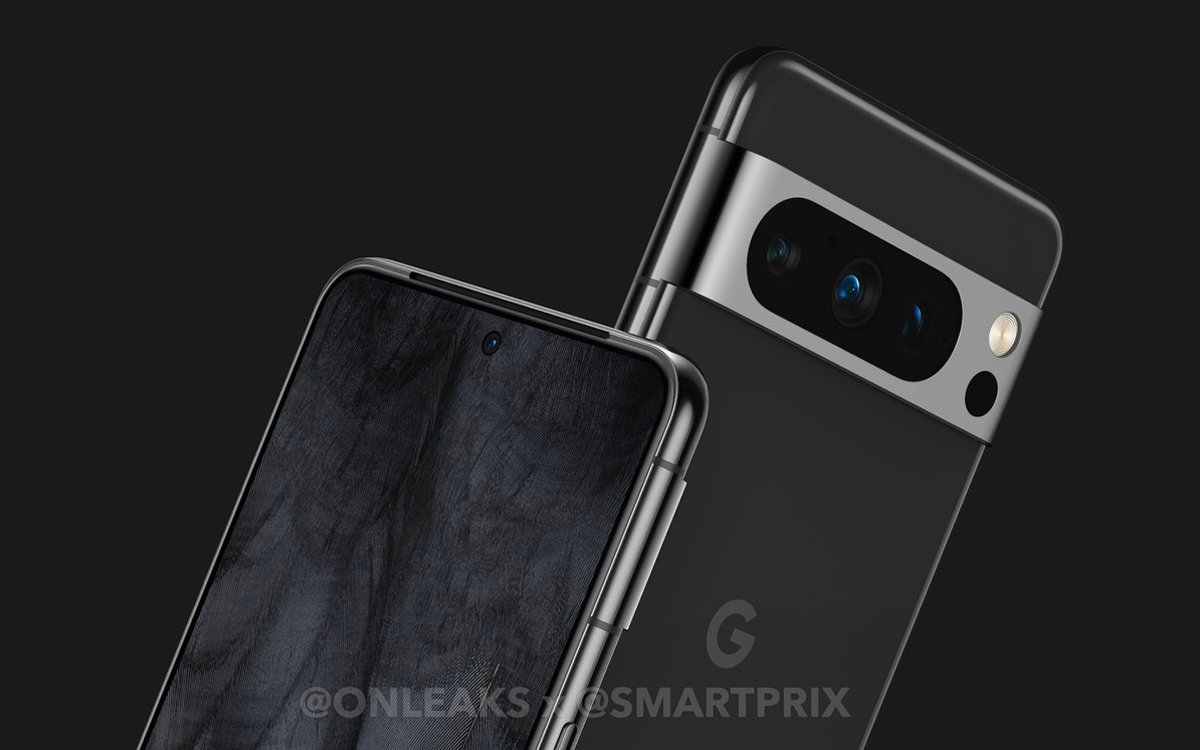For several years, Google’s chips haven’t quite matched the competition, but this time around, the Pixel 8’s new Tensor G3 chip promises a significant performance boost.
With the upcoming Pixel 8 series, Google is set to unveil its latest custom SoC, the Tensor G3 (codenamed zuma), which promises significant improvements in performance and functionality. Our colleagues from Android Authority were able, thanks to a source at Google, to get their hands on everything you need to know about the processor.
One of the notable improvements in Tensor G3 is the move to more modern cores. The chip features a re-engineered CPU block with ARMV9 cores, providing improved processing power over its predecessor. The Tensor G3 should as usual be outpaced fairly quickly by the next Snapdragon 8 Gen 3, which will arrive as early as October 2023 with ARMV9.2 cores, but Pixel smartphones should hold up better thanks to the redesigned configuration of their chip.
The Tensor G3 chip promises to be much more efficient
The 4+2+2 core layout has been replaced with an unusual new configuration featuring 9 cores (four small Cortex-A510 clocked at 2.15 GHz, four Cortex-A715 at 2.45 GHz and one Cortex-X3 at 3.0 GHz). These changes should result in a substantial increase in performance, bringing the Tensor G3 in line with other 2022 flagship SoCs.

The graphic part is probably not left out. While the Tensor G2 has been criticized for its GPU performance, the new chip addresses that by integrating the Arm Mali-G715 GPU, with 10 cores this time (against 7 previously on the G710). Even better, the chip will support ray-tracing, like its rivals.
The Pixel 8 will get smarter thanks to the Tensor G3 chip
AI remains a priority for Google, and Tensor G3 includes an improved TPU (Tensor Processing Unit) codenamed “Rio”. Although specific performance is not yet available, the new TPU is expected to bring a huge improvement in AI-related tasks, building on the success of its predecessors.
Other notable enhancements to the Tensor G3 include the use of Google’s custom “Aurora” DSP (digital signal processor), which improves image processing capabilities, and the inclusion of Google’s UFS 4.0 storage controller. Samsung, which doubles theoretical speeds and improves efficiency.

In terms of video encoding and decoding, the Tensor G3 also brings significant improvements. The MFC (Multi-Function Codec) block now supports the 8K30 video decoding/encoding in H.264 and HEVC, providing higher definition and smoother video playback. Additionally, the “BigOcean” video decoding block has evolved into “BigWave”, supporting the AV1 codec up to 4K30.
Google is thus the first smartphone brand to integrate an AV1 encoder into a mobile device. It’s not really a surprise, since with Android 14, Google wanted to impose the AV1 video codec. We should therefore enjoy a better experience on the applications that support it, including Netflix in particular.
Google always relies on the security of its smartphones
The transition to the ARMv9 architecture also allows the implementation of advanced security technologies. The Pixel 8 will come equipped with ARM’s Memory Tagging Extensions (MTE), a feature that improves prevention of memory-based attacks. Besides, the Tensor G3 chip will exclusively support 64-bit code executiongiving users a seamless 64-bit-only experience.
Finally, note that the modem is one of the areas in which the Tensor G3 does not benefit from a significant update. The chip would continue to use the Exynos 5300 modem, although it is a slightly different variant. We should therefore not expect great advances in terms of connectivity compared to the previous generation.
Source: Android Authority
